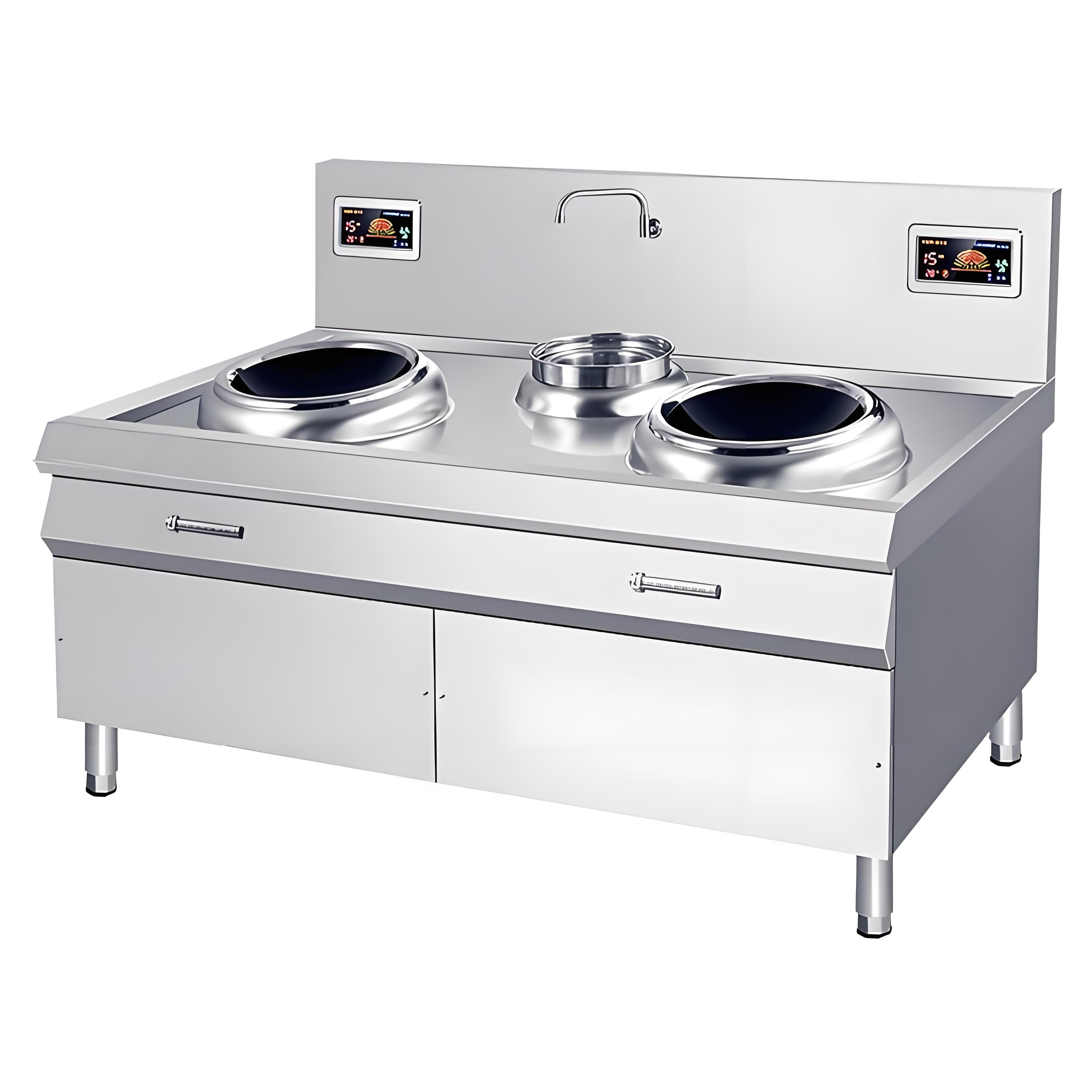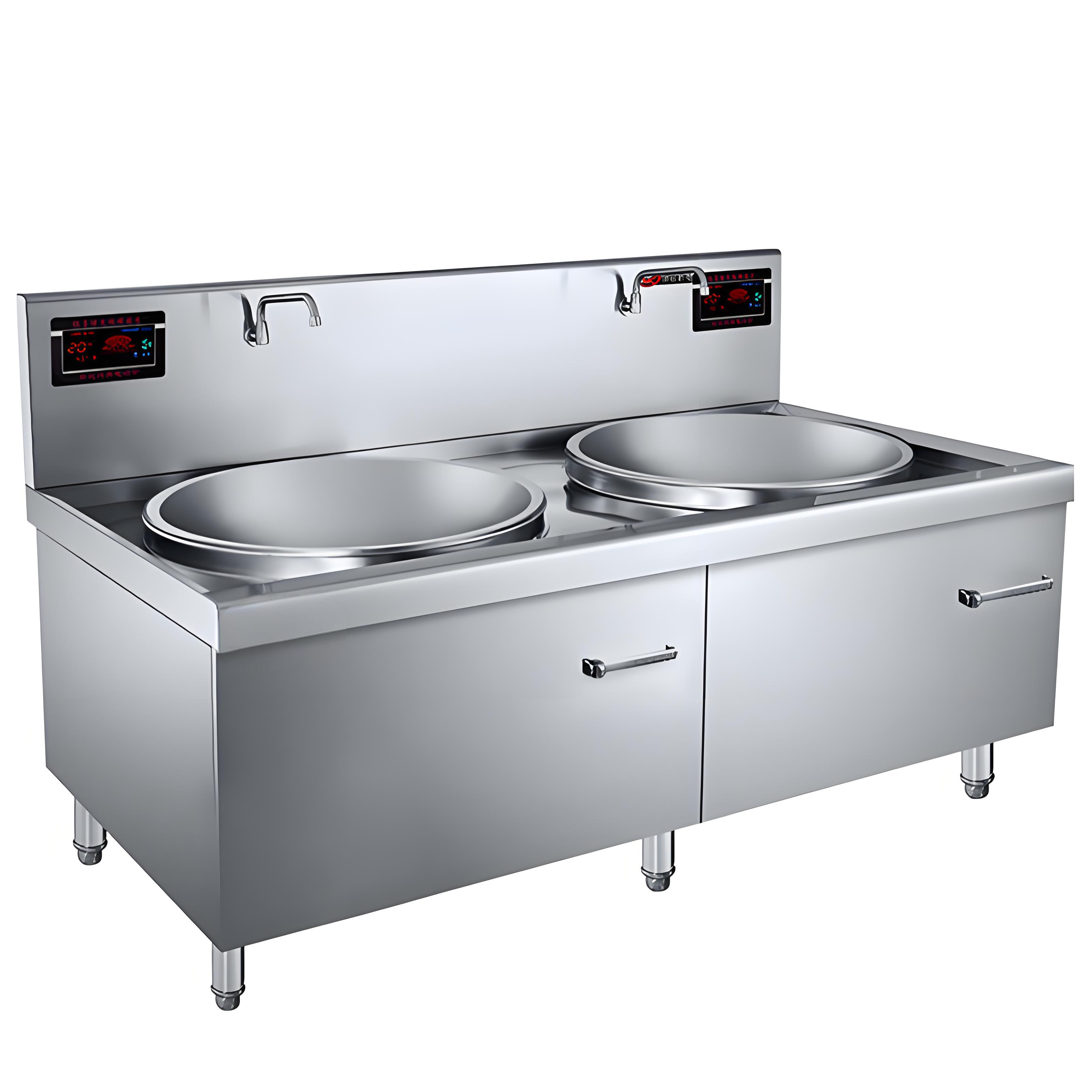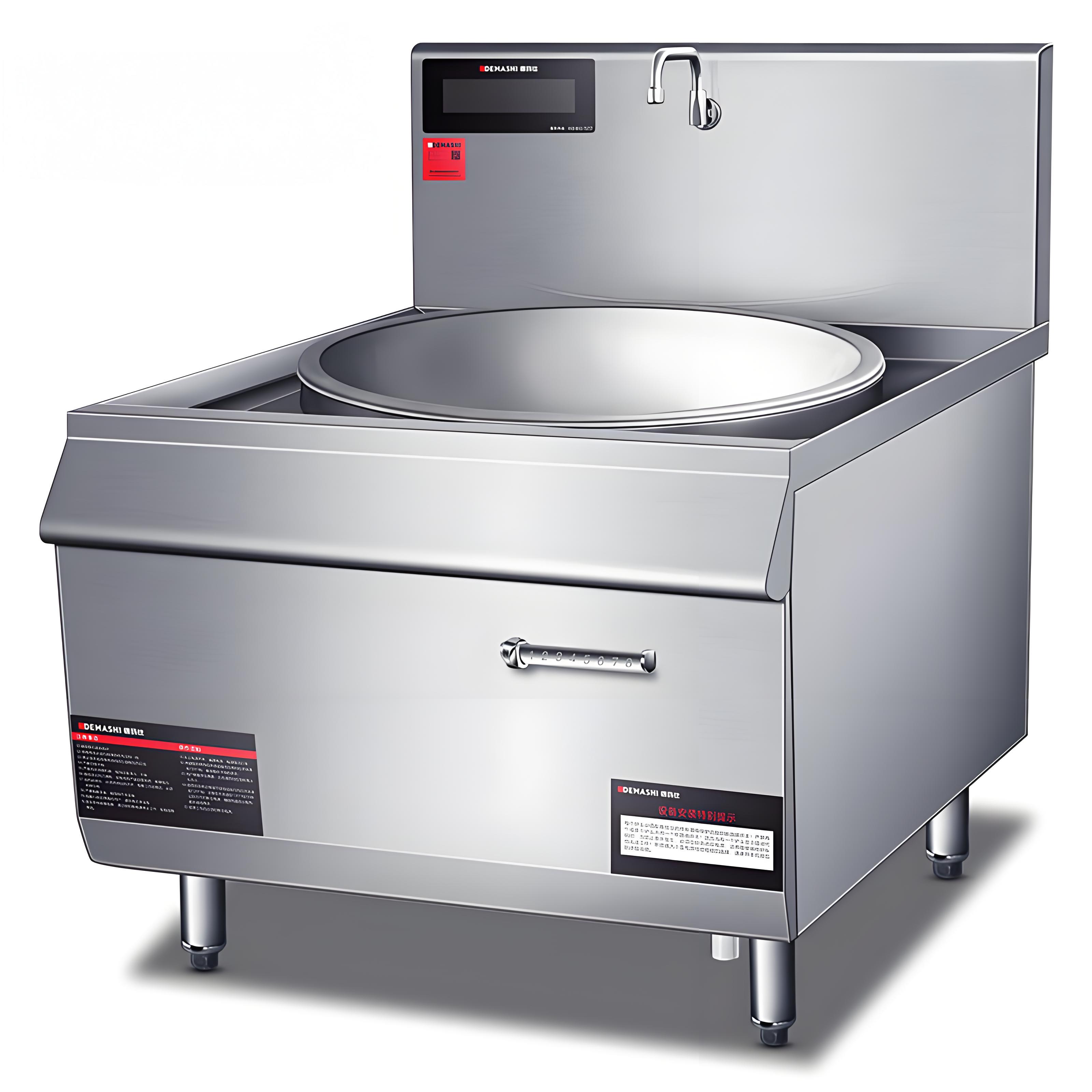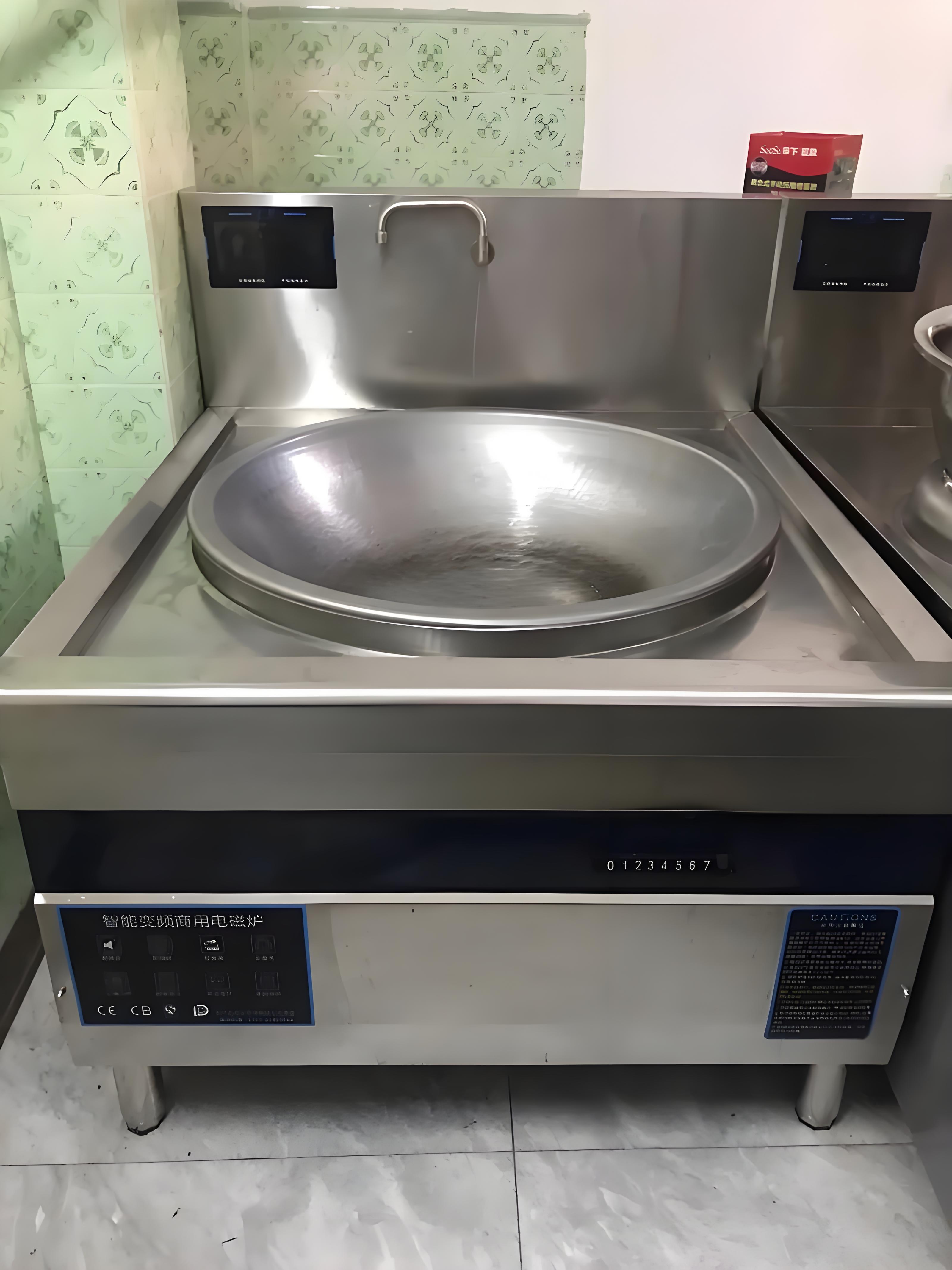In the hustle and bustle of commercial kitchens, commercial induction cooktops are vital appliances. Chefs and kitchen staff rely on them to cook delicious meals efficiently. However, when it suddenly stops heating, it can affect the entire cooking process. As someone who has worked in this industry for many years, I am here to share my insights into the possible reasons behind this problem.
Power – Related Issues
1. Power Supply Problems
One of the most common reasons for a commercial induction cooktop not heating is a problem with the power supply. The cooktop requires a stable and sufficient electrical current to operate. If there’s a power outage in the area, obviously, the cooktop won’t work. But even if there’s a partial power disruption, such as a loose electrical connection or a blown fuse, it can prevent the cooktop from heating up.
For example, a loose wire in the power cord can cause intermittent power supply, leading to the cooktop not functioning properly. A blown fuse in the kitchen’s electrical panel can also cut off the power to the cooktop. To check for power supply issues, you can start by inspecting the power cord for any visible damage, such as frayed wires. You can also check the electrical panel to see if any fuses have blown or circuit breakers have tripped.

Common Power Supply Issues and Their Symptoms
| Issue | Symptom |
|---|---|
| Loose power cord connection | The cooktop may start and then stop heating suddenly, or it may not turn on at all |
| Blown fuse | The cooktop won’t respond when you try to turn it on, and other appliances on the same circuit may also be affected |
| Tripped circuit breaker | Similar to a blown fuse, the cooktop won’t power on, and you may need to reset the circuit breaker |
2. Voltage Fluctuations
Voltage fluctuations can also cause problems with the commercial induction cooktop’s heating function. Most induction cooktops are designed to operate within a specific voltage range. If the voltage in the kitchen drops below or rises above this range, the cooktop may not heat properly or may shut down completely to protect its internal components.
Voltage fluctuations can be caused by various factors, such as large appliances starting up or shutting down in the building, problems with the utility power grid, or an overloaded electrical circuit. To mitigate voltage fluctuations, you can install a voltage stabilizer. A voltage stabilizer can regulate the incoming voltage and ensure that it stays within the acceptable range for the cooktop.
Cookware – Related Problems
1. Incompatible Cookware
Commercial induction cooktops work on the principle of electromagnetic induction. They require ferromagnetic cookware, such as stainless steel, cast iron, or some types of enameled pots and pans, to generate heat. If you’re using non – ferromagnetic cookware, like aluminum, copper, or glass, the cooktop won’t be able to heat it up.
Even if you think your cookware is made of a compatible material, there could still be issues. For example, some stainless steel cookware may have a non – magnetic layer on the bottom, which can prevent it from working with an induction cooktop. To check if your cookware is compatible, you can perform a simple magnet test. Place a magnet on the bottom of the cookware. If the magnet sticks firmly, then the cookware is likely to be compatible.
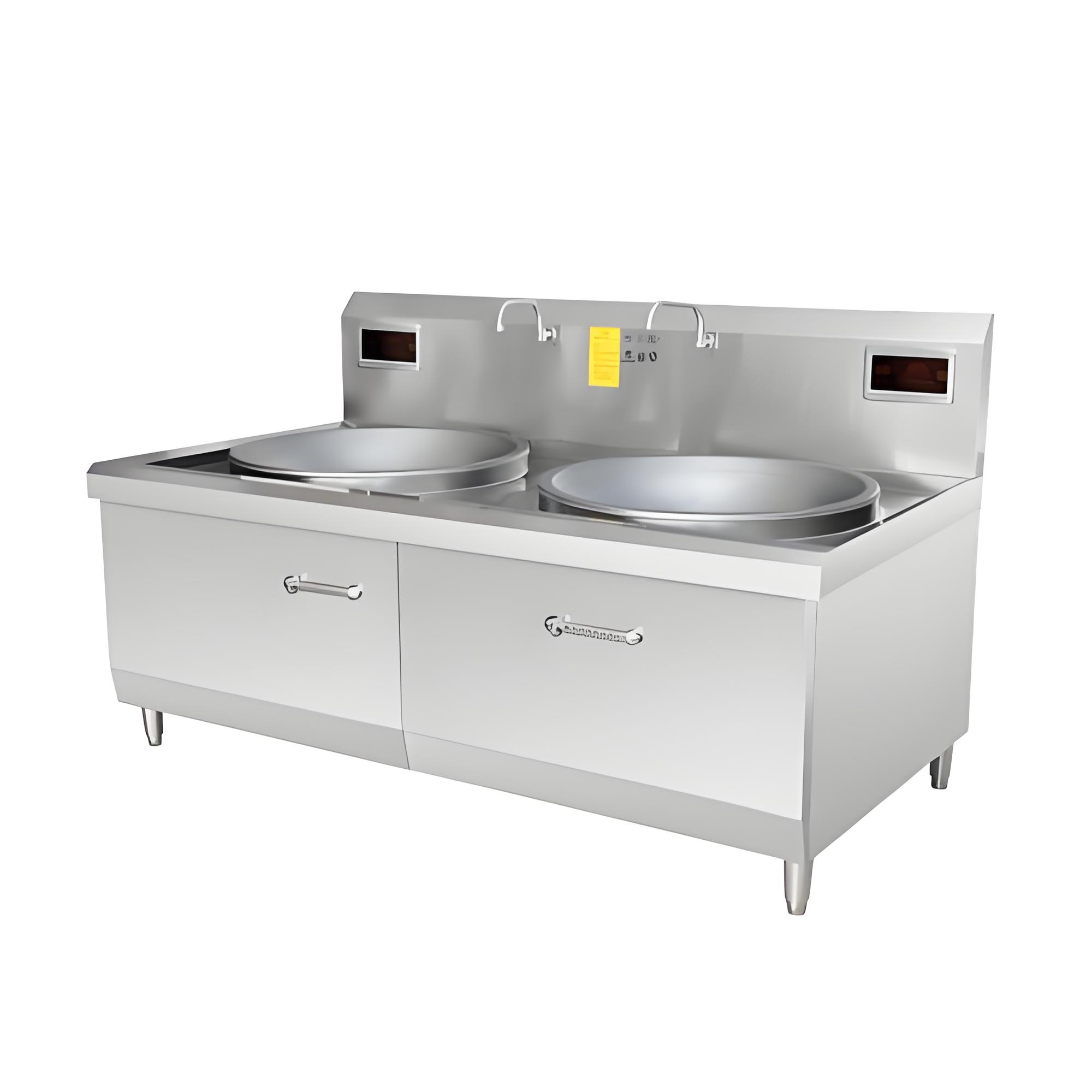
Common Non – Ferromagnetic Cookware Materials
| Material | Why It’s Incompatible |
|---|---|
| Aluminum | Aluminum is a non – magnetic metal, so it doesn’t interact with the electromagnetic field of the induction cooktop |
| Copper | Similar to aluminum, copper is non – magnetic and won’t heat up on an induction cooktop |
| Glass | Glass is an insulator and doesn’t conduct electricity or interact with the magnetic field |
2. Incorrect Cookware Size or Shape
In addition to being made of the right material, the cookware also needs to be the correct size and shape for the induction cooktop. Most induction cooktops have specific heating zones, and the cookware should cover at least a certain percentage of the zone to heat efficiently. If the cookware is too small or too large for the heating zone, it may not heat up properly.
Also, the shape of the cookware can matter. Some induction cooktops may have difficulty heating up irregularly shaped cookware, such as woks with a very curved bottom. To ensure proper heating, make sure to use cookware that is the appropriate size and shape for your induction cooktop.
Internal Component Malfunctions
1. Faulty Coils
The coils in a commercial induction cooktop are responsible for generating the electromagnetic field that heats the cookware. If the coils are damaged or worn out, they won’t be able to produce a strong enough magnetic field, resulting in the cooktop not heating.
Coil damage can be caused by a variety of factors, such as overheating, physical impact, or normal wear and tear over time. To check for faulty coils, you may need to have a qualified technician inspect the cooktop. They can use specialized equipment to test the coils and determine if they need to be replaced.
2. Malfunctioning Control Board
The control board is the brain of the commercial induction cooktop. It regulates the power output, temperature settings, and other functions. If the control board malfunctions, it can cause a range of problems, including the cooktop not heating.
A malfunctioning control board can be due to a variety of reasons, such as electrical surges, water damage, or manufacturing defects. Signs of a faulty control board may include the cooktop not responding to button presses, displaying error codes, or not heating up at all. Again, a professional technician will be needed to diagnose and repair or replace the control board.
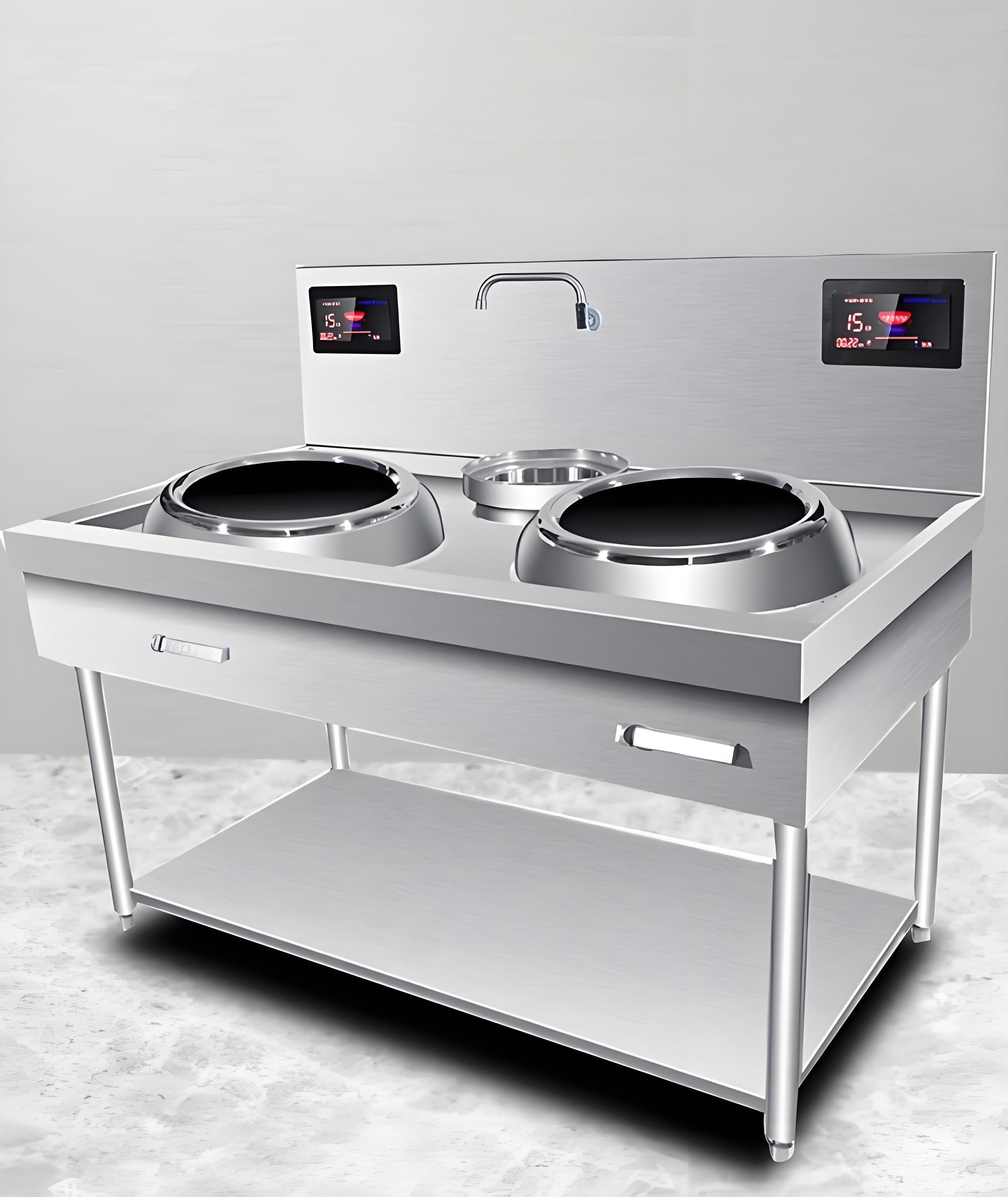
3. Damaged Sensors
Induction cooktops are equipped with various sensors to monitor temperature, power, and other parameters. If these sensors are damaged or not functioning properly, they can cause the cooktop to stop heating.
For example, a temperature sensor that is not working correctly may cause the cooktop to think that it has reached the desired temperature when it hasn’t, leading to it shutting off the heat prematurely. A power sensor that is malfunctioning may prevent the cooktop from receiving the correct amount of power to heat up. A technician can test the sensors and replace any that are found to be faulty.
Overheating Protection Mechanisms
1. Thermal Cut – Off
Most commercial induction cooktops have a thermal cut – off mechanism to prevent overheating. If the cooktop gets too hot, either due to prolonged use at high power or a problem with the cooling system, the thermal cut – off will activate and shut off the heat.
This is a safety feature designed to protect the cooktop from damage and prevent fires. Once the cooktop has cooled down to a safe temperature, it may automatically reset and start working again. However, if the overheating issue persists, the cooktop may continue to shut off. To prevent overheating, make sure to use the cooktop according to the manufacturer’s instructions, avoid using it at maximum power for extended periods, and ensure that the cooling vents are not blocked.
2. Fan Failure
The fan in a commercial induction cooktop helps to dissipate heat and keep the internal components cool. If the fan fails, the cooktop may overheat and trigger the thermal cut – off mechanism.
Signs of a fan failure may include unusual noises coming from the cooktop, the cooktop heating up more quickly than usual, or the fan not running when the cooktop is in use. If you suspect that the fan is not working, you should have it inspected and repaired or replaced by a professional.
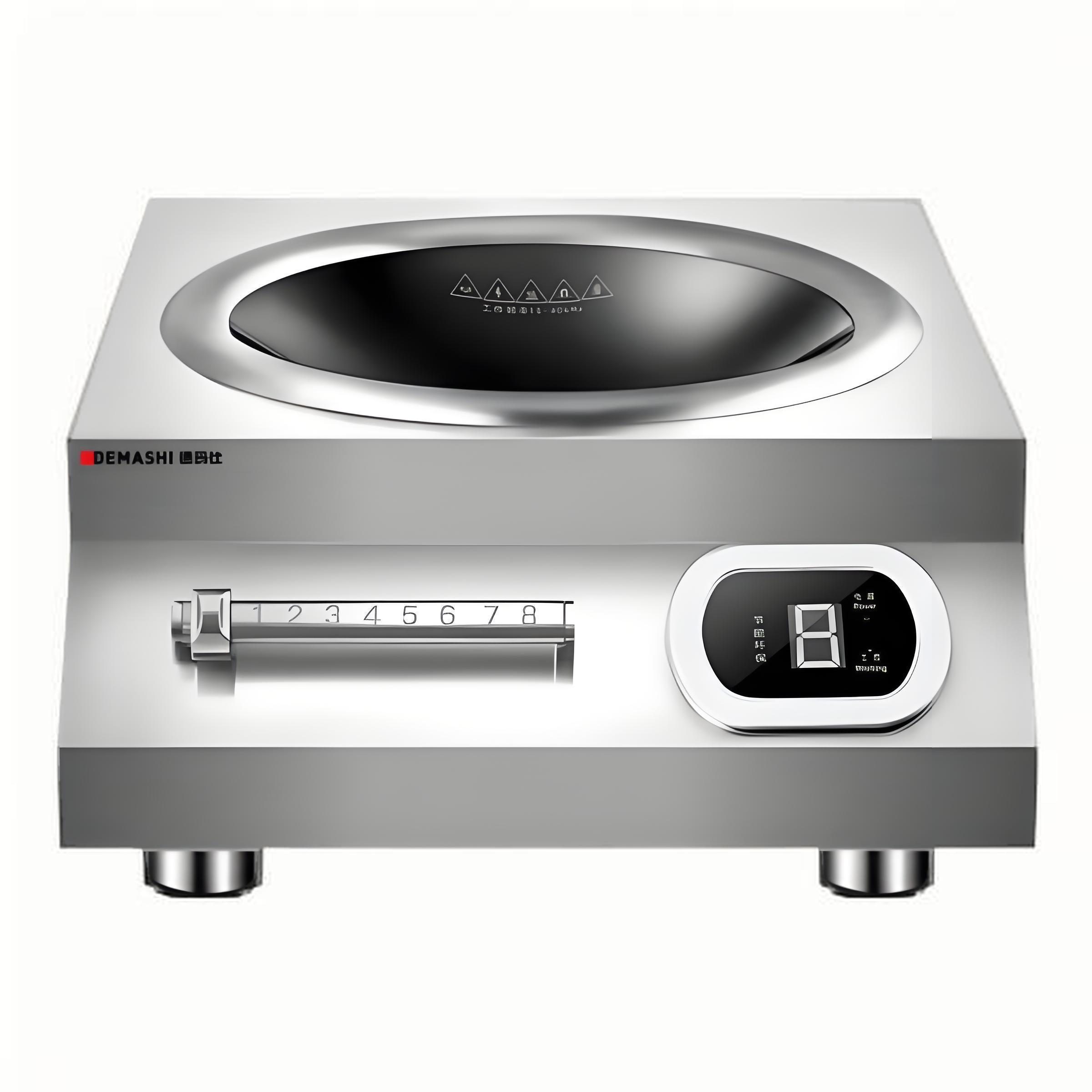
Software or Firmware Issues
1. Outdated Software/Firmware
Like many modern electronic devices, commercial induction cooktops may have software or firmware that controls their operation. If the software or firmware is outdated, it can cause compatibility issues or bugs that prevent the cooktop from heating properly.
Manufacturers often release software or firmware updates to fix bugs, improve performance, and add new features. To check if there are any updates available for your induction cooktop, you can visit the manufacturer’s website or contact their customer support. Updating the software or firmware may require a professional technician, especially if it involves accessing the internal components of the cooktop.
2. Software Glitches
Even with the latest software or firmware, software glitches can still occur. These glitches can be caused by a variety of factors, such as electrical interference, power surges, or simply a random error in the software.
Software glitches may cause the cooktop to behave erratically, such as not responding to commands, displaying incorrect information, or not heating up. In some cases, a simple reset of the cooktop may fix the software glitch. You can usually do this by unplugging the cooktop from the power source for a few minutes and then plugging it back in. If the problem persists, you may need to have a technician perform a more in – depth software diagnosis and repair.
Conclusion
A commercial induction cooktop not heating can be a frustrating problem, but by understanding the possible causes, you can take the appropriate steps to diagnose and fix the issue. Whether it’s a power – related problem, cookware incompatibility, internal component malfunction, overheating protection activation, or software/firmware issues, there are solutions available. Remember, if you’re not comfortable performing repairs yourself, it’s always best to call a qualified technician to ensure that the cooktop is repaired safely and correctly. With proper maintenance and troubleshooting, your commercial induction cooktop can continue to be a reliable workhorse in your kitchen.
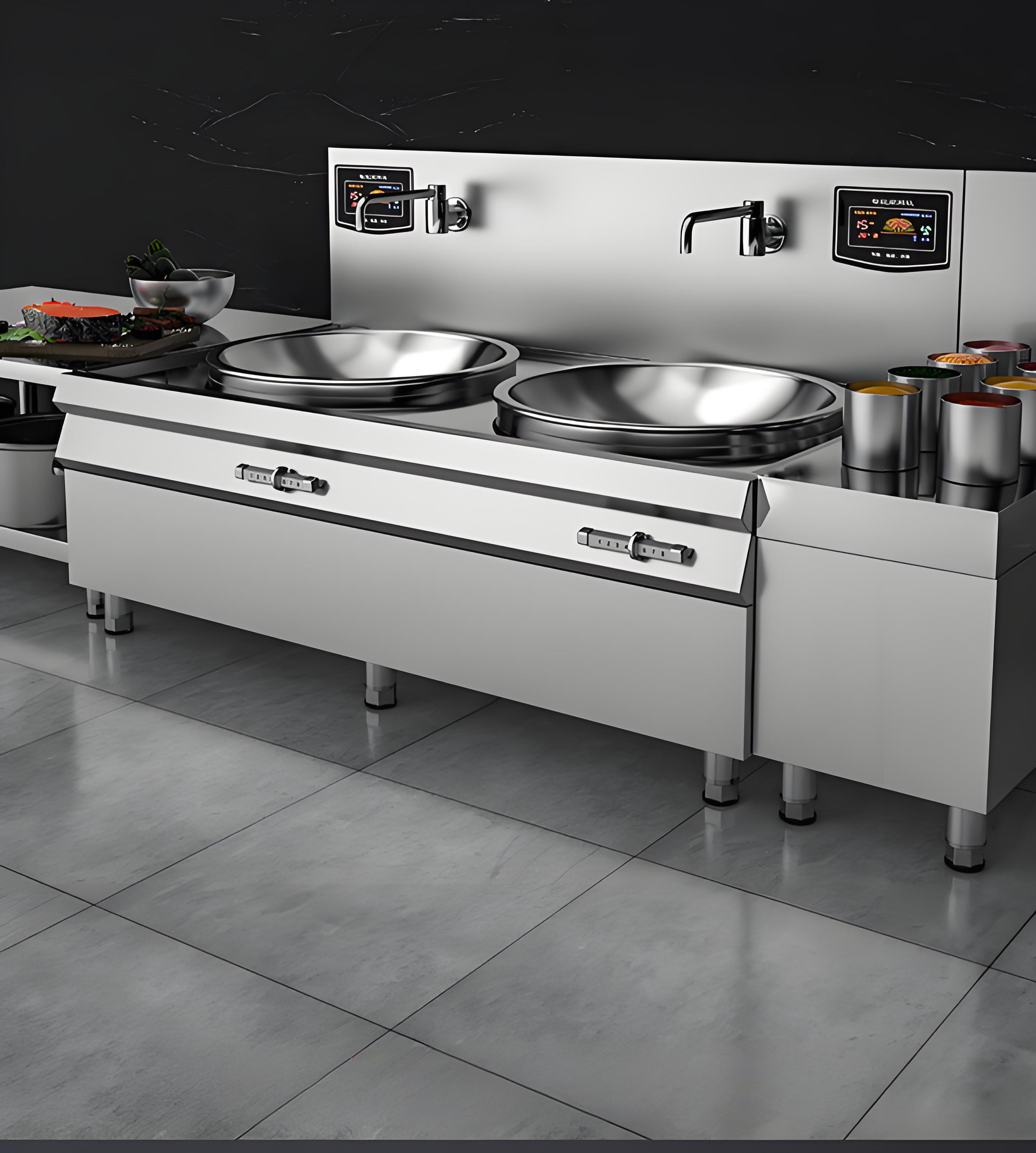
Related Questions
Q1: How can I prevent my commercial induction cooktop from overheating?
A1: To prevent overheating, make sure to use the cooktop according to the manufacturer’s instructions. Avoid using it at maximum power for extended periods. Keep the cooling vents clear of any obstructions, such as food debris or utensils. Also, ensure that the kitchen has proper ventilation to help dissipate heat.
Q2: Can I use any type of stainless steel cookware on a commercial induction cooktop?
A2: Not all stainless steel cookware is compatible with induction cooktops. Some stainless steel alloys may not be ferromagnetic enough to generate heat. You can perform the magnet test to check if your stainless steel cookware is compatible. Place a magnet on the bottom; if it sticks firmly, it should work.
Q3: How often should I have my commercial induction cooktop serviced?
A3: It’s recommended to have your commercial induction cooktop serviced at least once a year by a qualified technician. Regular maintenance can help identify and fix potential problems before they become major issues. The technician can clean the internal components, check the electrical connections, and ensure that all the sensors and components are functioning properly.
Q4: What should I do if my commercial induction cooktop displays an error code?
A4: If your cooktop displays an error code, refer to the user manual for information on what the code means. The manual will usually provide troubleshooting steps for common error codes. If you’re unable to resolve the issue on your own, contact the manufacturer’s customer support or a qualified technician for assistance.
Q5: Is it safe to repair a commercial induction cooktop myself?
A5: Repairing a commercial induction cooktop can be dangerous if you’re not familiar with electrical systems and the internal components of the cooktop. It’s generally recommended to have a qualified technician perform repairs. They have the necessary training, experience, and tools to safely diagnose and fix problems with the cooktop.
